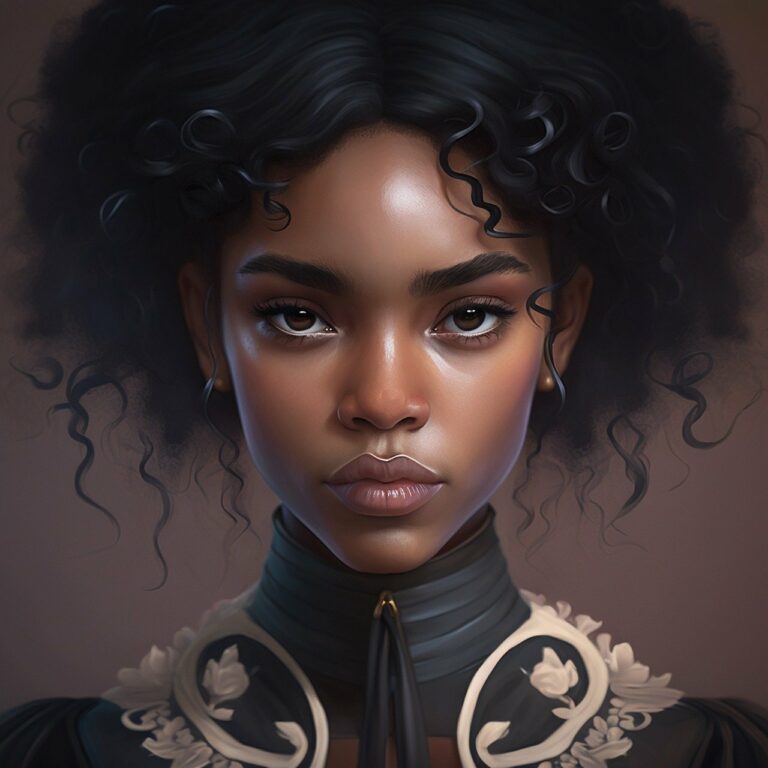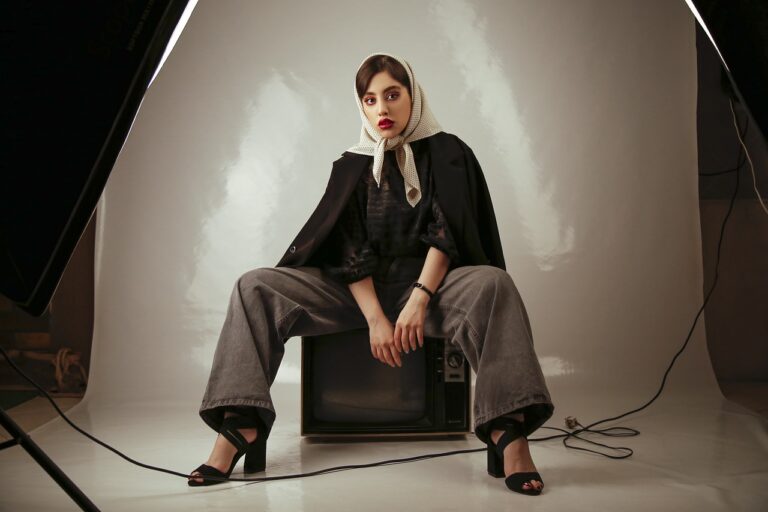Fashion and Accessibility: Designing Clothing for People with Disabilities
Individuals with physical disabilities often face clothing design challenges due to limited mobility and dexterity. Simple tasks like buttoning a shirt or zipping up pants can be daunting for those with mobility impairments, highlighting the need for adaptive clothing solutions. Additionally, individuals with limb differences may struggle to find clothing that fits properly and accommodates their unique needs, as standard garment sizes may not cater to their specific body shapes.
Visual impairments can also impact clothing design, as individuals who are blind or have low vision may rely heavily on tactile cues and braille labels to differentiate between pieces of clothing. Lack of accessible design features, such as texture variations, contrasted buttons, and clear labeling, can pose significant barriers for those with visual impairments when selecting and coordinating outfits.
Challenges Faced by People with Disabilities in the Fashion Industry
Among the challenges encountered by individuals with disabilities in the fashion industry is the limited availability of adaptive clothing options. Many clothing brands often overlook the unique needs and requirements of this diverse group of individuals, resulting in a lack of inclusive designs. This can make it difficult for people with disabilities to find clothing that not only fits well but also accommodates their specific needs.
Additionally, another significant challenge faced by people with disabilities in the fashion industry is the lack of representation and visibility. The lack of diversity in marketing campaigns and fashion shows excludes individuals with disabilities from mainstream fashion conversations. This perpetuates stereotypes and hinders the progress towards a more inclusive and accessible industry for all.
Innovative Design Solutions for Accessibility in Clothing
When it comes to inclusive and accessible design in clothing, there are several innovative solutions that have emerged to cater to the diverse needs of individuals with disabilities. For instance, magnetic closures on garments have proven to be incredibly helpful for those with dexterity issues, making it easier for them to put on and take off their clothes independently. This simple yet effective design feature has revolutionized the way adaptive clothing is created and has made getting dressed a more seamless experience for many.
Another design solution that has gained popularity in the realm of disability-inclusive fashion is the use of adjustable features such as elastic waistbands, Velcro straps, and removable sleeves. These versatile elements allow individuals to customize their clothing to better fit their unique bodies and specific needs. By providing adaptability and flexibility in the design of garments, designers are able to create clothing that is not only stylish but also functional and comfortable for individuals with disabilities.
Magnetic closures on garments for individuals with dexterity issues
Adjustable features like elastic waistbands, Velcro straps, and removable sleeves
Customizable clothing options to better fit unique bodies and specific needs
What are some common types of disabilities that impact clothing design?
Some common types of disabilities that impact clothing design include mobility impairments, dexterity limitations, sensory impairments, and intellectual disabilities.
What challenges do people with disabilities face in the fashion industry?
People with disabilities often face challenges such as limited clothing options, ill-fitting garments, inaccessible fastenings, and lack of consideration for their specific needs and preferences.
What are some innovative design solutions for accessibility in clothing?
Some innovative design solutions for accessibility in clothing include magnetic closures, adjustable straps and fastenings, adaptive clothing with easy openings, sensory-friendly fabrics, and inclusive sizing options.







